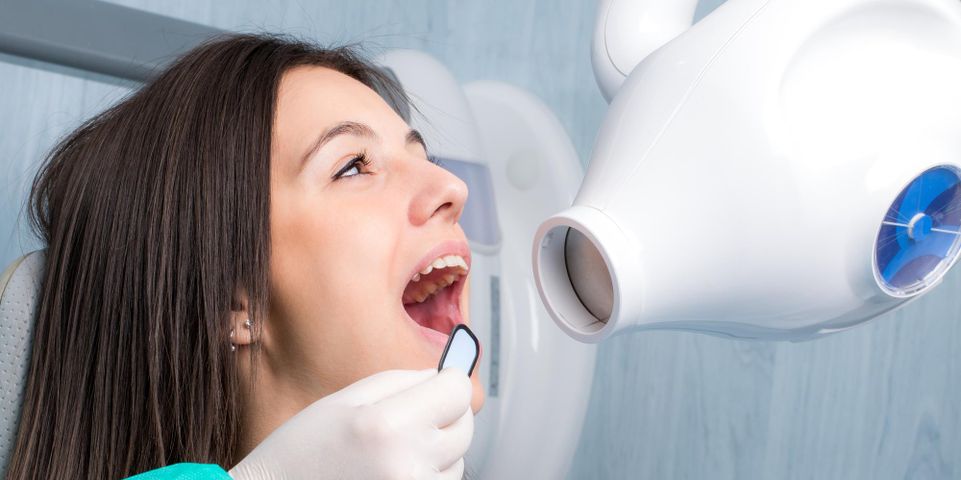Why You Should Smile About World X-Ray Day

Of all the medical discoveries in the past century, X-ray technology certainly stands out as a contender. Using electromagnetic rays, this technology has allowed doctors to get an in-depth look at the bones and tissues within the human body. But while X-rays have been influential in all aspects of medicine, they are particularly valuable in dental care—a field where issues affecting teeth and gums are not always visible to the naked eye. To celebrate World X-Ray Day on November 8th, here is a brief—but interesting—spotlight on the impact medical imaging has had on dentists and their patients.
When Were X-Rays Discovered?
In 1895, a German physicist named Wilhelm Konrad Röntgen was experimenting with electromagnetic energy and discovered a wavelength that produced radiation—the X-ray. When directed towards the human body, this wavelength could pass through flesh to produce an image of bone material onto a photographic plate. Only one year later, Charles Edmund Kells, an American dentist, used the technology to capture the first X-ray image of the human mouth.
How Do X-Rays Play a Role in Dental Care?
 During a physical inspection of the mouth, dentists can only spot problems on the surface of teeth and gums. However, many oral health issues develop within teeth and beneath the gum line. X-rays make it possible to see what’s happening inside these tissues.
During a physical inspection of the mouth, dentists can only spot problems on the surface of teeth and gums. However, many oral health issues develop within teeth and beneath the gum line. X-rays make it possible to see what’s happening inside these tissues.
Through preventive screening, dentists use X-rays to spot decay or infection within teeth. Imaging is also used to see how teeth are developing. For instance, they can detect issues with children’s incoming adult teeth or to identify impacted wisdom teeth that need to be removed. This in-depth view allows professionals to know exactly where to direct treatment, minimizing the need for invasive surgery.
How Have Dental X-Rays Advanced in Recent Years?
In the past, dental X-rays were captured directly on film—a process that required patients to stand still for long periods of time until an image could be produced. In the 1990s, digital X-ray technology emerged, allowing dental care providers to quickly capture and store images on computers. This technology is also recognized for using minimal levels of radiation, and thus, improving patient safety.
Soon after, cone beam technology was developed to improve upon digital capabilities. Specifically, cone beam X-rays can take multiple images of the mouth at varying angles. When combined, these images can produce an accurate three-dimensional representation of teeth and gums.
If it’s been more than a year since you’ve gotten an in-depth look at your oral health, Milford Dental can provide you with an updated view. This full-service dental clinic of Milford, OH uses state-of-the-art technology to safely, quickly, and comfortably capture detailed X-rays of your teeth and gums. If images reveal any issues, you can count on this caring team to provide targeted dental care to protect your smile in a stress-free fashion. Visit this practice online to learn more about their comprehensive treatment options or call (513) 575-9600 to schedule a convenient appointment.
About the Business
Have a question? Ask the experts!
Send your question

